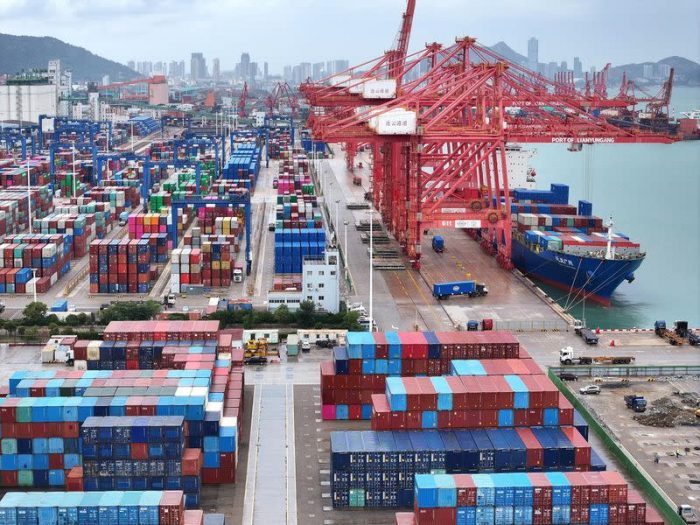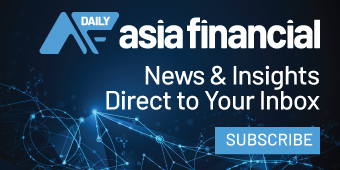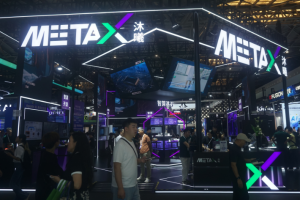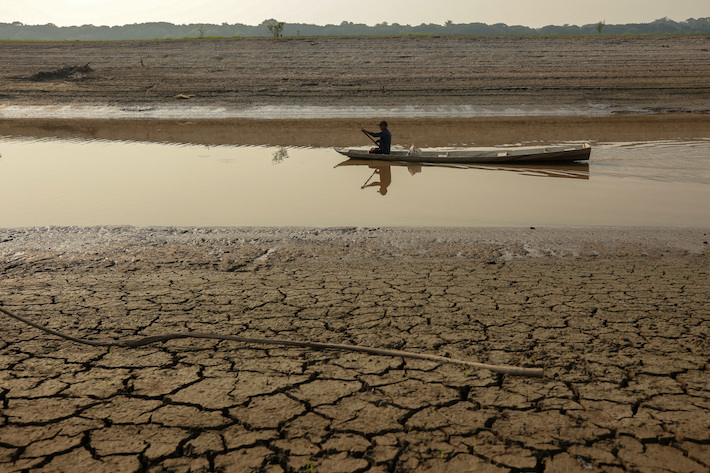Tough questioning by judges of the US Supreme Court about the law used to impose President Donald Trump’s global tariffs has fuelled increased speculation that they will be struck down.
That raises the spectre of further uncertainty and confusion, despite the wide expectation that the Trump Administration will simply shift to other trade tactics in the wake of an adverse ruling.
On Wednesday, during oral arguments, Supreme Court justices cast doubt on Trump’s authority to impose tariffs under the 1977 International Emergency Economic Powers Act (IEEPA), which contains no references to tariffs – only language on regulating imports during national emergencies declared by the US president.
ALSO SEE: Nvidia Joins $12bn India Push To Back AI, Robotics, Chip Firms
“Based on the questions posed by the justices, the IEEPA tariffs appear to be in jeopardy,” said Damon Pike, a principal with BDO USA’s customs and trade services practice.
He said that all the court’s justices, except Samuel Alito and Clarence Thomas, “seemed skeptical that IEEPA gives President Trump the power to levy unlimited tariffs on every product imported from every country around the world.”
But Pike said if the Trump administration loses, it will simply invoke other trade laws, a view widely shared by trade lawyers, senior Trump administration officials, importing companies and analysts.
These groups had just started to get used to the idea of a somewhat more stable trade environment, bolstered by a new year-long US-China trade truce and more US deals with Southeast Asian countries that reduced the IEEPA tariff rates to more manageable levels.
Companies have clamored for certainty and predictability on tariffs so that they can plan their investments, but Conference Board policy executive David Young said he did not see relief in sight.
“We’ve still got no clarity – CEOs remain kind of precariously positioned around what the future looks like,” said Young, who briefed about 40 chief executive officers following the Supreme Court arguments. “Even if it goes against IEEPA, the uncertainty still continues.”
Ruling expected in early 2026
A ruling is unlikely before early 2026, Young said, and companies are totally in the dark about potential refunds of the more than $100 billion in IEEPA tariffs paid so far if Trump loses.
The issue of refunds was raised by Justice Amy Coney Barrett, who said that it “could be a mess” for the courts to administer refunds to US importers who have paid tariffs that were declared illegal.
Neal Katyal, the lawyer representing five small businesses challenging the tariffs, said that these firms would get their refunds automatically if the court ruled against the Trump administration, but all other companies would have to lodge administrative protests to get money back.
“It’s a very complicated thing” that could take a long time, he added. But Katyal said the court “could limit its decision to prospective relief” by only stopping future collections.
Trade court could order refunds
Joseph Spraragen, a customs lawyer in New York, said a ruling that includes no provisions for refunds would result in major new court challenges from companies that paid duties.
“If they’re illegal today, they were illegal in February 2025 and in April, when the reciprocal tariffs kicked in,” said Spraragen, a partner at the firm of Grunfeld Desiderio Lebowitz Silverman & Klestadt.
He said the Supreme Court would likely remand the case to a lower court, most probably the US Court of International Trade, to issue instructions to the Trump administration to rescind the tariffs and issue refunds.
The most expedient method would be to issue refunds through the Customs and Border Protection’s Automated Customs Environment processing system, he said, but that could take up to a year.
“Keep in mind that the administration is not going to be eager to just roll over and give refunds,” Spraragen said.
Another round of trade talks?
Natixis analyst Christopher Hodge said the “bureaucratic complexity” surrounding refunds was among a murky set of outcomes if the administration loses at the Supreme Court.
But such a loss would only be a “temporary setback to the Trump trade agenda,” he said, as the administration would shift to trade laws that offer clear tariff authority, including Section 232 of the Trade Expansion Act of 1962, a national security trade statute, and Section 122 of the Trade Act of 1974, which allows temporary 15% duties for 150 days.
“On the downside, this implementation process could be lengthy and prolong the uncertainty of trade policy,” Hodge wrote earlier this week. “It is possible that another round of trade talks would be on the docket for 2026 as well, adding to the cloudy outlook on trade.”
On Wednesday, Federal Reserve Governor Stephen Miran said there were potential monetary policy implications from a court decision against Trump that would “increase uncertainty … over the tariff environment.”
Miran, who has argued for steep rate cuts, told Yahoo Finance in an interview that more trade uncertainty could become “a drag on the economy.” But this could be offset by “moderately looser interest rates” depending on the status of the Fed’s dual mandate for price stability and maximum employment, said Miran, who is on leave from his job as a Trump administration economist.
Taxes are ‘the core power of Congress’
The Supreme Court currently has a 6-3 conservative majority, but some of the conservative justices also stressed the inherent authority of presidents in dealing with foreign countries. That suggests the court could be sharply divided in the outcome of the case.
The arguments on Wednesday lasted more than two and a half hours and came in appeals by the administration after lower courts ruled that Trump’s unprecedented use of the law at issue to impose the tariffs exceeded his authority.
Businesses affected by the tariffs and 12 US states, most of them Democratic-led, challenged the tariffs.
Conservative Chief Justice John Roberts told US Solicitor General D John Sauer, arguing for the administration, that the tariffs are “the imposition of taxes on Americans, and that has always been the core power of Congress.”
The tariffs – taxes on imported goods – could add up to trillions of dollars in revenues for the United States over the next decade. But the US Constitution gives Congress the authority to issue taxes and tariffs.
Roberts suggested that the court could apply its “major questions” doctrine, which requires executive branch actions of vast economic and political significance to be clearly authorized by Congress.
“The justification is being used for a power to impose tariffs on any product, from any country, in any amount, for any length of time. I’m not suggesting it’s not there, but it does seem like that’s major authority, and the basis for that claim seems to be a misfit,” Roberts said.
Trump has heaped pressure on the Supreme Court to preserve tariffs that he has leveraged as a key economic and foreign policy tool.
A ruling against Trump would mark a significant departure for the court, which has backed him in a series of decisions allowing on an interim basis his far-reaching actions in areas as varied as his crackdown on immigration, the firing of federal agency officials and banning transgender troops.
Switch to other legal avenues?
US Treasury Secretary Scott Bessent, who attended the arguments on Wednesday, has said that if the Supreme Court rules against Trump, the administration would switch to other legal measures to ensure his tariffs remain in place.
Bessent afterward told Fox Business Network’s “Kudlow” programme he came away from the arguments “very, very optimistic.”
Trump has imposed some tariffs by invoking other laws, but they are not at issue in this case.
IEEPA gives the president power to deal with “an unusual and extraordinary threat” amid a national emergency. It has historically been used for imposing sanctions on enemies or freezing their assets.
- Reuters with additional editing by Jim Pollard
NOTE: The headline and text of this report were updated on November 6, 2025.
ALSO SEE:
US Supreme Court May Delay, But Likely Not Stop Trump’s Tariffs
Trump Cuts US Tariffs to 47%, Xi Vows to Ease Rare Earth Curbs
Trump Edges Closer to Tariff Deal With Seoul, Ignores NK Missile
Trump Will Ask Supreme Court to Allow Tariffs After Legal Setback
Foreign Firms Struggling Amid China’s Economic Slump, Trade War
Trump’s Tariffs Spurring a Rush for New Trade Agreements
Tariffs Spur Big Tesla Deals With LGES Batteries, Samsung Chips
EU Strikes a Pricey Deal With Trump to Avert a Trade War
US Court Ruling Against Trump Tariffs Seen as Temporary Setback




